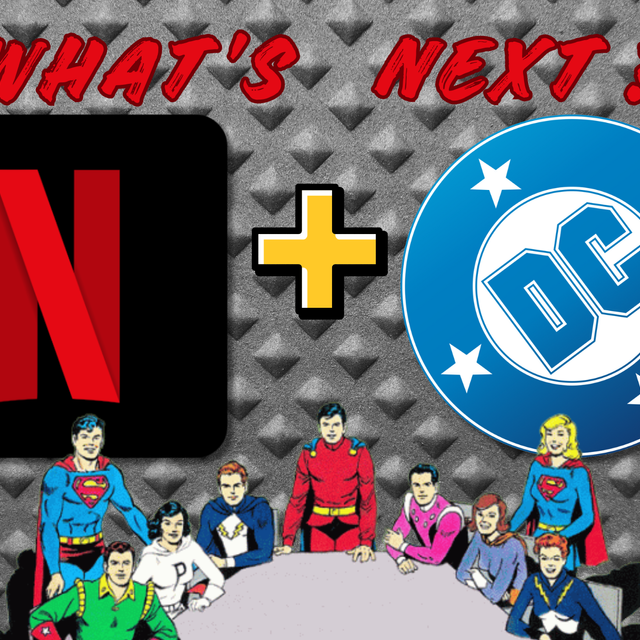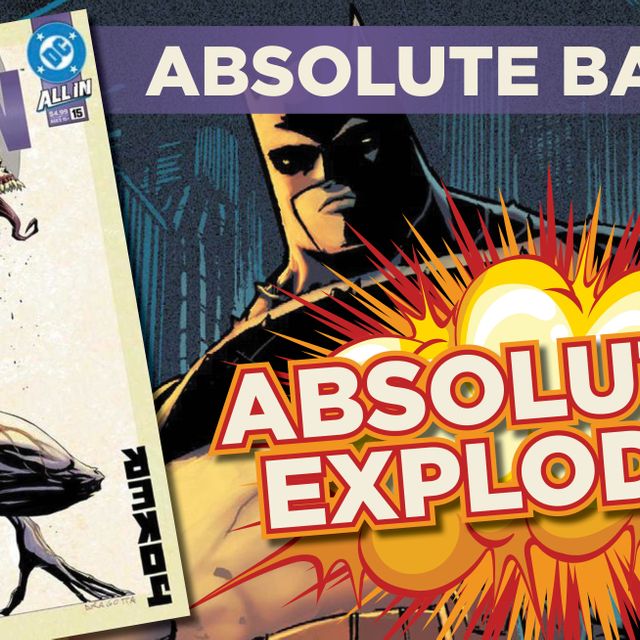
“He came to our city in the early dawn…Though later he would be called the finest warrior to enter our gates, at the time, he was but a curiosity…You see he stood only five hands high, had a lengthy snout, a long tail and was covered with short grey fur…he was, in short, Cerebus the Aardvark.”
Thus begins the comic saga that Allan Moore once quipped is ‘to comic books what Hydrogen is to the periodic table’.
Dave Sim’s highly celebrated Cerebus the Aardvaark was first published in 1977. Beginning as a parody of the ‘sword and sorcery’ fantasy comics of the time, and specifically targeting the Roy Thomas and Barry Windsor Smith 'Conan' comics in its earliest issues (the 'Red Sophia' plot still makes me laugh every time I read it), this outstanding independent comic series eventually grew into a more ambitious and more experimental work. Cerebus the Aardvaark would eventually grow to embrace various genres and deal with many themes, extending all the way from politics, to religion, to psychology, sociology and more, all throughout a long (300 issue) run.
Much like another modern comic, Mike Mignola’s Hellboy, Cerebus also has an ending (some would say it has two endings: a decent completion and a self-indulgent prologue, but that judgment is still up for debate).
In any case, it’s not the cohesiveness and richness of the world Sim created, nor the fact that he brings his saga to an end, that stand as the most appealing aspect of this independent comic series and that make it so outstanding. No, it’s not any of these just noted features but the fact that, at its best, Cerebus the Aardvaark stands as a successful combination of all the standout qualities of Conan the Barbarian, Howard the Duck and Hellboy rolled into one. What’s most impressive about this book, in short, is its sophistication.
Starting out as a story about a brawling ‘Earth Pig’ interested in little more than adventuring and drinking, no one could have predicted the later trajectory and eventual sophistication of the stories that would unfold in the expanding saga of Cerebus. Even if its brilliance is evident from the beginning, the cohesiveness and complexity of what Sim has accomplished only becomes fully apparent to the reader as they progress through the many installments that make up the saga. Already by the early-nineties Sim was mentioning in interviews how the Cerebus comic would end in exactly 2004, and after 6000 pages. The genius of Dave Sim is that he accomplished exactly what he set out to do. Even if, after issue # 65, Gerhard helped out, the entire 300 issue run of Cerebus is tied to David Sim.
Unfortunately, for this very reason, Cerebus has suffered the fate of the vicissitudes of Sim’s own career and reputation. Some find the last issues of the series too personal and condemn them as transforming a once great character into a mere soapbox for Sim and his beliefs; others disagree. I personally think that, in the future, it is not at all unlikely that this comic will be recognized and acknowledged as a true masterpiece.
Cerebus the Aardvark #1 [Aardvark-Vanaheim] (1977) – First appearance of Cerebus
To understand why everyone from Eastman and Laird (the creators of the Teenage Mutant Ninja Turtles) to George Lucas have raved about this independent comic over the years, and why in 2011 Empire magazine voted Cerebus the 38th greatest comic book character of all time (not bad for an anthropomorphic aardvark), you simply have to read the first few issues.
This series was excellent from the very start. Moreover, when we add to this that the first issue had an incredibly limited print run making it especially difficult to find in high grade, the investment value of this book should be clear.
The story goes that of the 2000 issues printed for the first print run, 400 were badly damaged by the printers, another small number of high grade copies were kept by Sim himself as file copies. The majority sold were mid-grade copies. Today, positive returns are found on almost all grades and, if you can find a copy of this valuable comic for a good price, it is very much worth picking up. The highest graded copies sold and listed are 9.4’s, and there are only 5 reported on the CGC census. Three of these have been put up for sale, the remaining slabs currently have a fair market price of $8,750.00 after a $9000.00 March 2014 sale and another $7,600.00 sale in June of the same year. Return on investment can be calculated at a positive +111.1% over the last 8 years. Best returns overall however have been on 5.0 copies (+ 75.6%) over the last 13 years.



